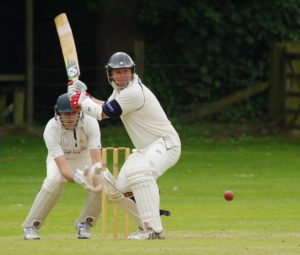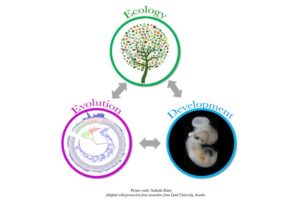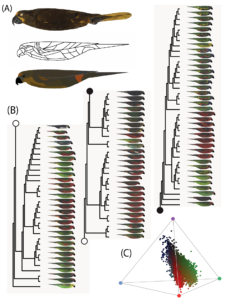
BMC Psychology – Grieving parents and what they need to know when their babies are stillborn
Around 2.6 million babies a year are stillborn. Although it’s always devastating to lose a baby, parents grieving for a stillborn child are more likely to experience depression and post-traumatic stress than those when the child had been born alive. There is considerable stigma, social shame and marginalization associated with parental grief for a stillborn child with the result that it has attracted little attention by health care providers, resulting in inadequate support.
Parents grieving for a stillborn child are more likely to experience depression and post-traumatic stress than those when the child had been born alive.
Farrales et al. recently ran a qualitative participatory research study to explore the experiences of bereaved parents when interacting with health care providers during and after the stillbirth of their child.Results showed was that both mothers and fathers needed acknowledgement from their health care provider that the baby was a irreplaceable individual in its own right, recognized that they were parents that were grieving, recognized how traumatic stillbirth is and recognition that the parents will continue to feel bereaved for a time and that they needed support.
BMC Medical Research Methodology – CoCites: a citation-based search method for scientific literature
CoCites was developed by Janssens et al. at Emory University. Unlike many other tools for searching though the scientific literature, CoCites uses citations rather than keywords. It has been designed to be more efficient than the traditional keyword-based methods and works on the assumption that the user knows at least one highly relevant article within their chosen research area, pulling out all articles that have previously been cited together.

The article describes the results of using CoCites to reproduce the literature searches of a number of published systematic reviews and meta-analyses; these showed that CoCites retrieved a median of 75% of the articles that were included in the original reviews.
BMC Musculoskeletal Disorders – Playing sport while injured might cause arthritis
People who play sports are often faced with a dilemma when they are injured. Should they continue playing or stop. Until now, the implications of playing sport when injured on both joint health and health-related quality of life (HRQoL) has not been investigated. With this in mind, Bullock et al. performed research on the relationship between playing while injured, HRQoL, osteoarthritis and persistent joint pain, comparing findings across both elite and recreational cricket players. The study involved asking participates to fill in a questionnaire describing their history  of playing sport while injured and details on any diagnosed osteoarthritis and/or persistent joint pain. It was found that, indeed, cricketers who played injured had their HRQoL adversely affected and were at increased risk of osteoarthritis and joint pain. The authors conclude that the long-term impact of playing while injured should be considered when advising athletes on their ability to compete following an injury.
of playing sport while injured and details on any diagnosed osteoarthritis and/or persistent joint pain. It was found that, indeed, cricketers who played injured had their HRQoL adversely affected and were at increased risk of osteoarthritis and joint pain. The authors conclude that the long-term impact of playing while injured should be considered when advising athletes on their ability to compete following an injury.
BMC Pediatrics – How many words are Australian children hearing in their first year of life?
There is evidence to suggest that parents from more socioeconomically disadvantaged backgrounds interact verbally with their children less than parents from more advantaged background, resulting in what has been coined “the 30 million-word gap”. Brushe et al. decided to explore this further, investigating the number of worlds children hear in their first year of life and whether this is influenced by the level of education attained by the mother. The five year study involved grouping the mothers into high or low education groups and then collecting data from audio-recordings when the children were 6 months old and again when they were a year old. The number of words spoken by the mothers when they were talking to their children were counted using the Language Environment Analysis software. Results showed that there was a large variation of words spoken by the mother within each education group, but no meaningful differences between the different educational groups. This suggests that a word gap associated with the level of education attained by the mother is not apparent in the first year of a child’s life.
Call for Papers – Cross-journal thematic series on ecological and evolutionary developmental biology (eco-evo-devo).

BMC Developmental biology, BMC Ecology and BMC Evolutionary biology jointly invite researchers to submit to this thematic series, which considers manuscripts on all aspects of eco-evo-devo, including (but not limited to, the effect of nutrition, predators, competitors, climate and other environmental cues on development. Queries should be emailed to the editors (ecology/evolutionary biology queries should be sent to alison.cuff@biomedcentral.com and developmental biology queries should be sent to akila.sridhar@springernature.com).
Image of the month. BMC Evolutionary Biology – Macroevolutionary bursts and constraints generate a rainbow in a clade of tropical birds
This months image is from an article exploring the plumage color macroevolution in Australasian lorikeets.

Comments